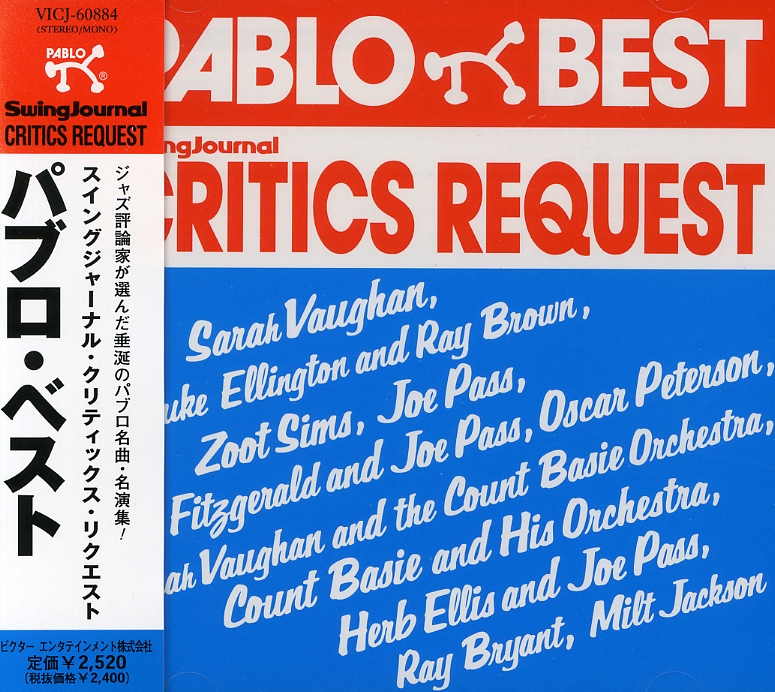
The Sri Lankan architect Geoffrey Bawa fused sensitivity for local context with the technological discoveries and design principles of modernism. Accordingly, Bawa often incorporated materials (local stone and timber) and layouts (high roofs, cross-ventilation, vast overhangs) specific to Sri Lanka's monsoon climate and storied architectural history--from the cave monasteries of the Anuradhapura period to the feudal Walauwa style of manor houses--into his modernist designs.
Gathering together essays by scholars and writers across a multitude of disciplines--including architecture, photography, geography, urban design and art history--this volume spotlights Bawa's exceptionally beautiful architectural drawings, delving into the central, multipronged role of the medium in his practice, from ideation to instruction to post-construction review. The anthology also explores the identity of post-independence Sri Lanka, which Bawa helped to shape--aesthetically and, less overtly, ideologically. Featuring over 200 lush drawings and photographs, many of which have never been published before, the book promises to engage both general and scholarly audiences with interests in architecture, drawing and archives.
Geoffrey Bawa (1919-2003) was a Sri Lankan architect who designed the country's new Parliament building at Kotte, completed in 1982. While Bawa mostly worked within Sri Lanka, he also completed projects in several other countries, including India, Indonesia, Mauritius, Japan, Pakistan, Fiji, Egypt and Singapore. His works include houses, hotels, schools, clubs, offices and government buildings.
member goods
listens & views

SWING JOURNAL CRITICS REQUEST PABLO ...
by SWING JOURNAL CRITICS REQUEST PABLO BEST / VAR
COMPACT DISCout of stock
$22.99






